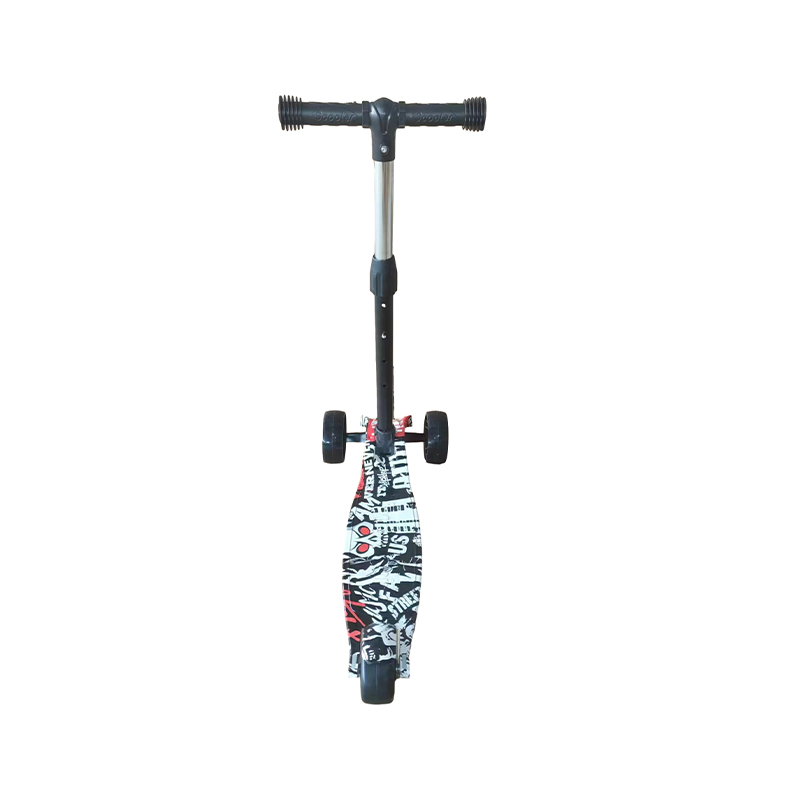Electric Scooters A Rising Trend Among Youth and the Impact on Their Age Group
In recent years, electric scooters have taken cities by storm, quickly becoming one of the most popular modes of personal transportation. Particularly among the younger demographic, specifically ages 9 and up, electric scooters offer a sense of freedom, fun, and convenience. However, with their rise in popularity, several considerations regarding safety, regulations, and social implications have emerged, creating a nuanced discussion about the impact of electric scooters on this age group.
Electric Scooters A Rising Trend Among Youth and the Impact on Their Age Group
However, as with any popular trend, there are societal implications to consider. For parents, the question of safety becomes paramount. Electric scooters can reach speeds of up to 15-20 miles per hour, and without proper supervision and safety gear, such as helmets and knee pads, young riders may be at a greater risk for accidents. Still, education and awareness can mitigate many of these risks. Schools and community centers can play an essential role in promoting safe riding practices and the importance of wearing protective gear. Through workshops and community rides, the importance of responsible riding can be instilled in kids from an early age.
electric scooter age 9

Regulations surrounding electric scooters are also evolving. Many cities have opened discussions regarding the age restrictions for riders and whether local laws need to be adjusted to accommodate their growing popularity among younger users. For instance, several cities have implemented a minimum age requirement for using electric scooters, ensuring that younger riders are legally protected while using this mode of transport. Moreover, regulations concerning where scooters can be used—such as designated bike lanes or paths and restrictions on riding on sidewalks—are becoming essential factors in how communities are integrating scooters into their urban environments.
In terms of environmental impact, electric scooters offer a green alternative to traditional gas-powered vehicles. For older teenagers who are becoming more environmentally conscious, electric scooters represent a practical solution for short-distance travel, thus reducing their carbon footprint. As cities continue to grapple with urban congestion and the need for sustainable transportation solutions, electric scooters serve as a stepping stone toward greener cities.
Socially, riding electric scooters can also foster community interactions among youth. Riding in groups, whether it’s after school or during weekends, encourages social bonding. It allows for shared experiences and promotes teamwork. However, it’s crucial to guide these social interactions to ensure that they remain positive and do not lead to reckless behavior. Encouraging young riders to be respectful to pedestrians and fellow riders creates a safer and more enjoyable environment for everyone.
In conclusion, electric scooters have become a significant part of youth culture, particularly for individuals aged 9 and above. While they promote independence, outdoor activity, and environmentally friendly travel, it is essential to address the concerns surrounding safety, regulation, and social responsibilities. By fostering a culture of safety and awareness, communities can capitalize on the benefits of electric scooters while minimizing the associated risks. As this trend continues to grow, the collective efforts of parents, educators, and policymakers will be vital in ensuring that young riders can enjoy their scooters safely and responsibly.
-

 Scoot&RideKids Child Kick Push Scooter 3 Wheels with LED Flashing Tilt Lean Boys Girls Scooter
Scoot&RideKids Child Kick Push Scooter 3 Wheels with LED Flashing Tilt Lean Boys Girls Scooter




- 4
$33.17 -

 Scoot&RideKids Scooter Child Kick Flashing LED Light Up 3 Wheel Push Adjustable Folding 3
Scoot&RideKids Scooter Child Kick Flashing LED Light Up 3 Wheel Push Adjustable Folding 3- 0
$25.52 -

 Scoot&RideKids Scooter Child Kick Flashing LED Light Up 3 Wheel Push Adjustable Folding 2
Scoot&RideKids Scooter Child Kick Flashing LED Light Up 3 Wheel Push Adjustable Folding 2- 0
$33.17 -

 Scoot&RideKids Scooter Teens Foldable Kick Push Scooter Adjustable Height Safe 2 Wheels
Scoot&RideKids Scooter Teens Foldable Kick Push Scooter Adjustable Height Safe 2 Wheels




- 4
$49.99
Meet our partners and discover what powers their creativity!
When you register for a Lohas scooter, you will receive a 10% discount on your first order and can be notified of sales, new product launches and other offers in advance.









